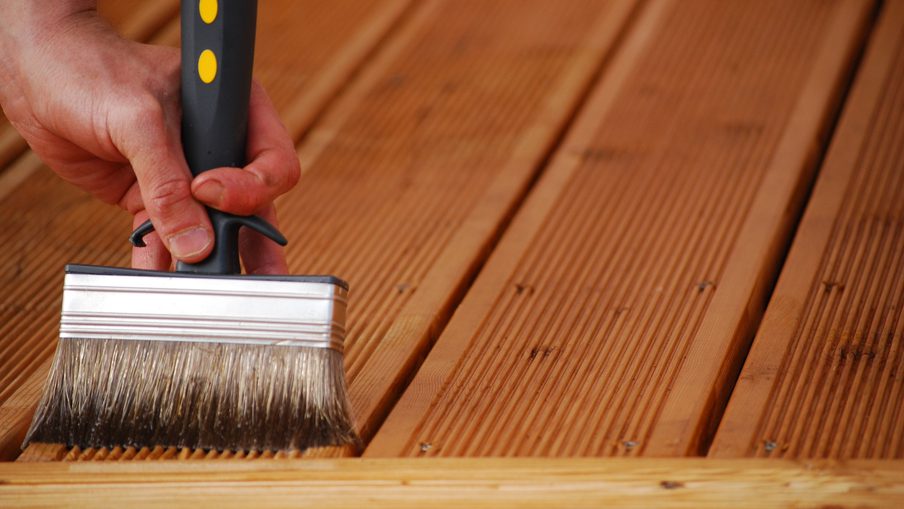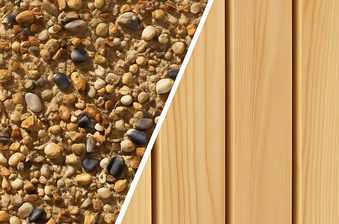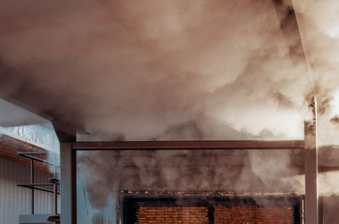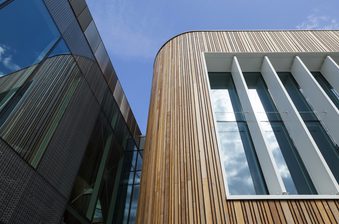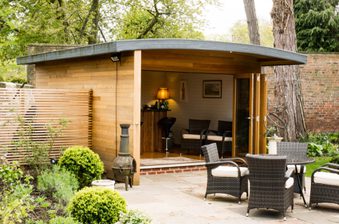Oak is a trusted, time-honoured timber. This popular hardwood has been a construction material of choice for thousands of years.
Its irresistible golden brown hues and characterful grain pattern are as in style now as they have ever been.
But oak doesn’t just look the part — the hardwood’s strength, density and natural resistance to the exterior elements mean it’s a standout exterior performer, too. It’s a fabulous, classy choice for projects like outdoor furniture, cladding, decking and oak-framed structures like pergolas, gazebos and carports.
But that doesn’t mean it can’t benefit from treatment, particularly when it encounters nature’s destructive forces: water, UV and wood-decaying insects and fungi.
Does oak need to be treated before being used outdoors?
Oak is perfectly fine to be left outside without any treatment — it is dimensionally stable and has a strong level of natural resistance to moisture and rot.
Be warned, however, that it is a natural product. After around 12 months of outdoor exposure, it will undergo a natural colour change to a distinguished silvery-grey colour; depending on exposure, you may also experience mould buildup or black spots. This is due to moisture: water can react with oak’s high tannin content.
Another moisture-related danger to your oak is cracking, the result of the wood shrinking and swelling in response to changes in moisture. To offset all of these potential effects, consider treating your oak.
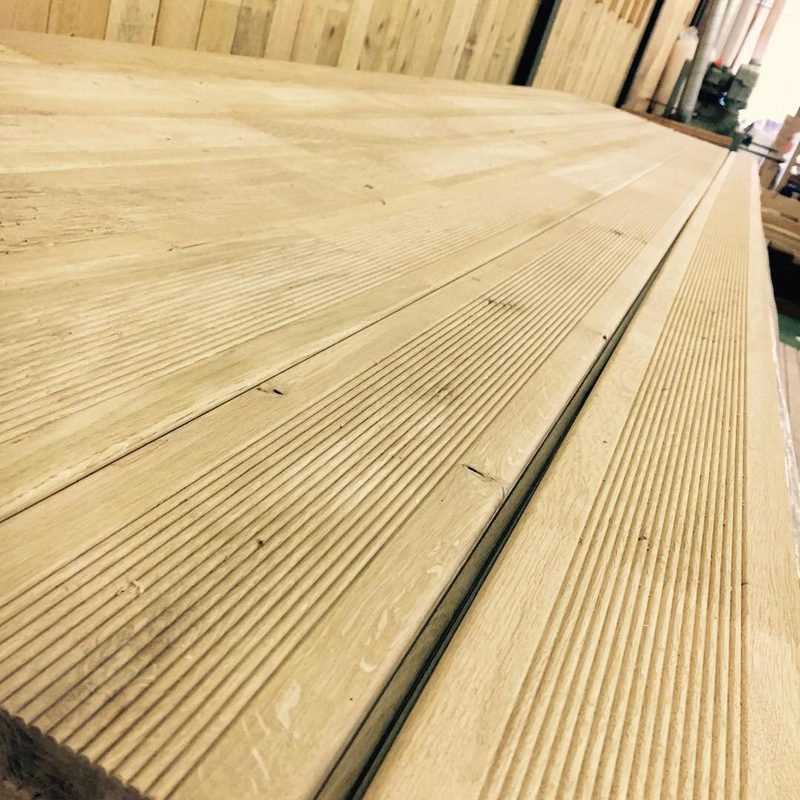
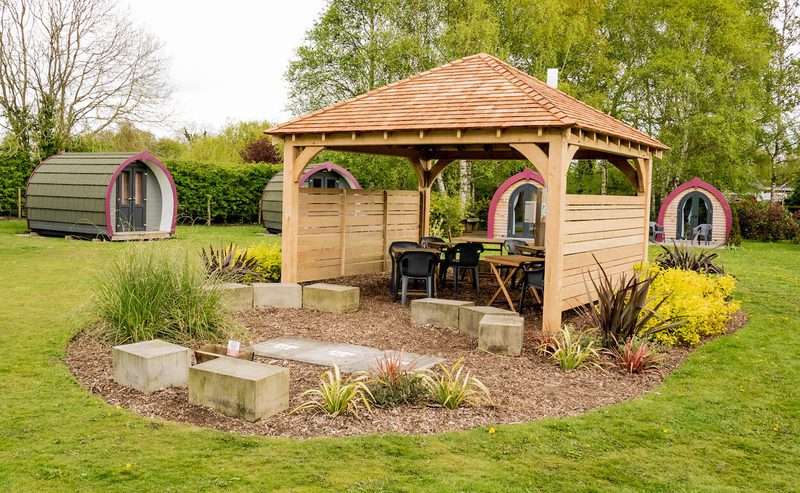
The best stains, treatments and finishes for oak
To minimise the chance of moisture and insect-related damage (as well as showcase your oak’s prized grain pattern and retain its original colour), there are a number of popular treatment options. These can be grouped into three categories: transparent, semi-transparent and solid colour.
All of these treatments work fabulously on oak that’s used for cladding, decking, outdoor furniture or a garden structure. Your choice will mostly depend on the look you prefer.
1. Transparent — to allow for natural greying
If you appreciate the distinguished, ‘silver fox’ look of oak that has aged gracefully but you want to guard against damage from water, pollution, moss and dirt, then a colourless oil is a great choice.
Untreated wood, including oak, is more vulnerable to cracking and splitting — these treatments seal the wood without impacting appearance, allowing the wood to weather and turn grey safely and naturally.
There are many fabulous examples of transparent stains on the market, but Owatrol H4 Wood is one product we’d particularly recommend. Silicone free and hydrophobic, it successfully repels water with no initial impact on colour whatsoever, allowing your wood to slowly attain those on-trend shabby chic grey tones.
It’s a common misconception that the timber greying process is a sign that the timber is degrading or rotting. This is untrue — it’s only a surface-level phenomenon.
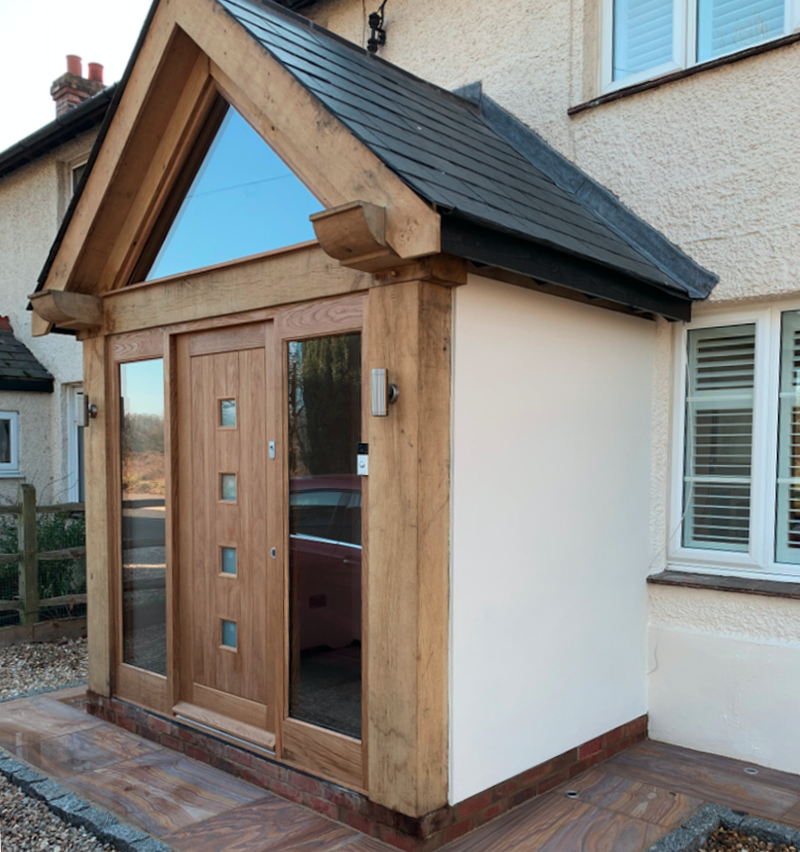
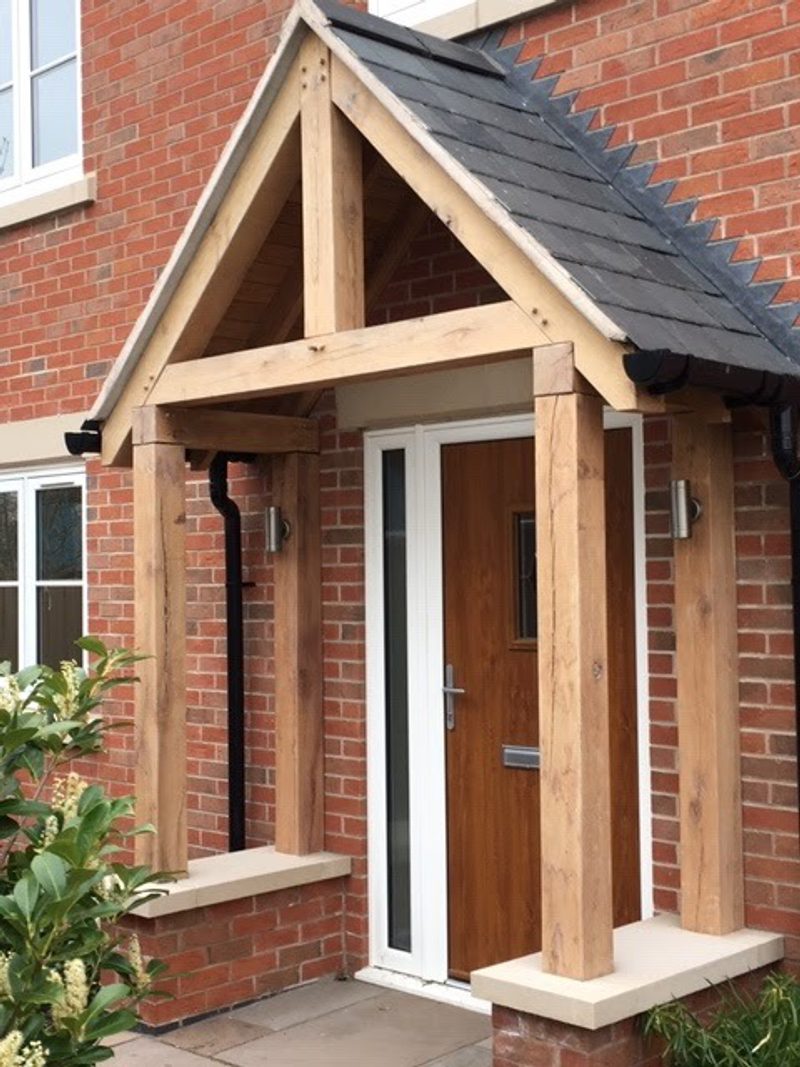
2. Semi-transparent — to showcase oak’s beauty
This category of treatment is superb for not only retaining your oak’s cherished golden brown tones, but also helping its distinctive grain pattern to pop.
Semi-transparent stains do everything that transparent oils do — shielding the oak from exterior damage — whilst also slightly altering the timber’s appearance depending on the product tint. Over the long term, they help to preserve the wood’s colour and stave off UV and moisture-induced photodegradation (greying).
Within the semi-transparent category, there are water-based and solvent-based products. Water-based finishes have quicker drying times and are seen as more environmentally friendly, but solvent-based finishes are popular for their excellent performance. Whichever you choose, make sure that your product is penetrating and non-film forming.
As an example of an excellent water-based stain, we’d recommend Owatrol Aquadecks. It’s available in a number of shades and provides a long-lasting, rich matt finish. On the solvent side, you can’t go wrong with Owatrol Textrol HES. It’s also available in a number of tints, including clear, and delivers a stunning matt-sheen oil finish that is sure to complement your oak.
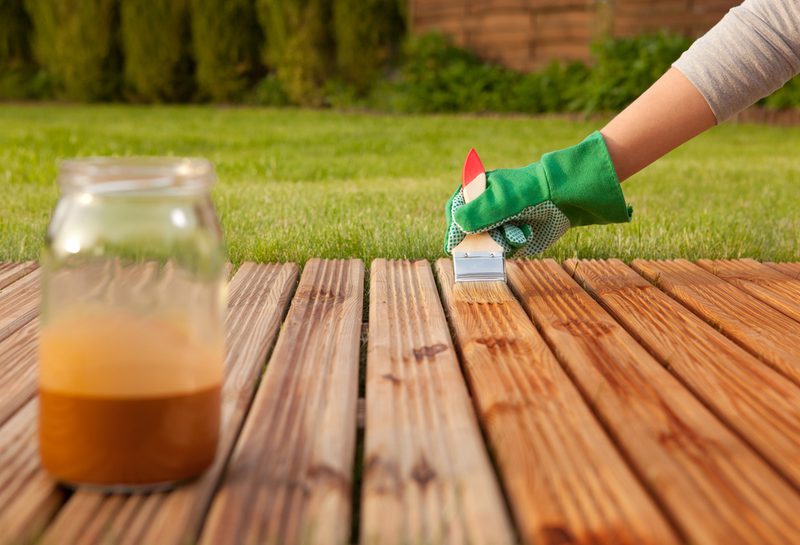
3. Solid colour — for complete customisation
If you’re looking to take control and totally transform your oak’s colour, then an opaque treatment is another option. Whilst you’ll conceal the wood’s natural colour, you have the chance to create something that’s undoubtedly eye-catching whilst retaining some of the oak’s beautiful pattern.
If this is the route you’re set on, then, as before, search for a quality product to minimise potential for paint peeling afflicting their oak. Take a look at the solid-colour options by Owatrol.
How to apply treatments to oak
If you’re treating some oak outdoor furniture, cladding, decking or an oak garden structure, we’d recommend allowing the wood to exist outdoors for around two months after installation before applying your chosen finish.
When applying treatments, make sure the wood is clean — wiping with a damp cloth should achieve this. Then, allow it to completely dry. Ideal conditions are a mild, clear day with no forecast of rain or excessive sun.
Whilst most treatments are suitable for application with a roller, pad, spray or drip, we’d recommend using a large, soft bristle brush. Apply your finish in long, flowing lines that follow the wood’s grain.
Be sure to follow the product manufacturer’s specific instructions. Two coatings may be necessary; be aware that some treatments should be applied wet-on-wet, so shouldn’t be allowed to completely dry between applications. Solid-colour stains can have a different treatment process, requiring a prime coat followed by one or two topcoat applications.

Treating older oak?
Then consider applying a cleaner like Owatrol Aquanett first. This solvent-free product removes any previous finishes, restores the wood’s original colour and prepares it for a new coat. If your oak is in particularly bad shape, then Owatrol Netrol is an even more robust wood cleaner and restorer.
How long does oak last outdoors?
This depends hugely on a range of factors, including your oak’s orientation, elevation, exposure, the direction it’s facing and even whether you live near the sea!
As a rule, however, expect at least 25 years’ of solid service life from well-maintained oak furniture, garden structures, cladding or decking. Be sure to carry out periodic inspection and reapplications of your chosen treatment.
Duffield Timber: leading suppliers of European Oak
Our quality, sustainably-sourced European Oak sawn timber is available in many grades and with a number of processes.
We also offer a range of European Oak cladding and European Oak decking products, all machined by us in North Yorkshire. Factory finishes and additional processes can be specified when you order, so you’ll receive a completely pre-treated product that’s ready to go!
Our range also now also includes Thermo-Oak. Here, the wood undergoes a heat treatment process to further enhance its exterior performance and lifespan (as well as imparting a darker, more exotic look).
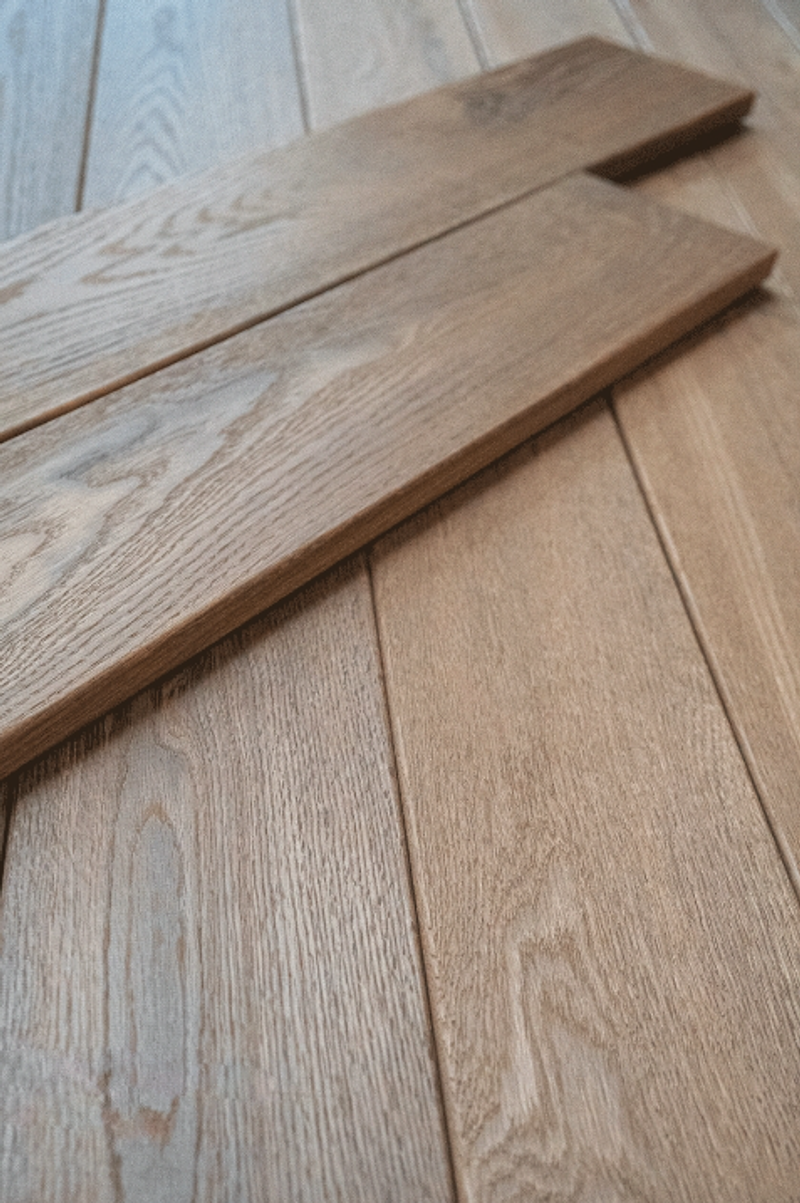
We also supply a selection of oak-framed building kits for adding style and functionality to your property, including garages and carports, gazebos, pergolas and porches. All pieces are numbered, precision CNC machined, mortise and tenon jointed and grooved and shaped.
Finally, in our shop, you’ll also find a carefully-curated range of quality woodcare finishes — great for keeping your European Oak looking and performing its best long into the future.
To discuss your next project, get in touch using the button below. One of our project handlers will be in touch as soon as possible.
